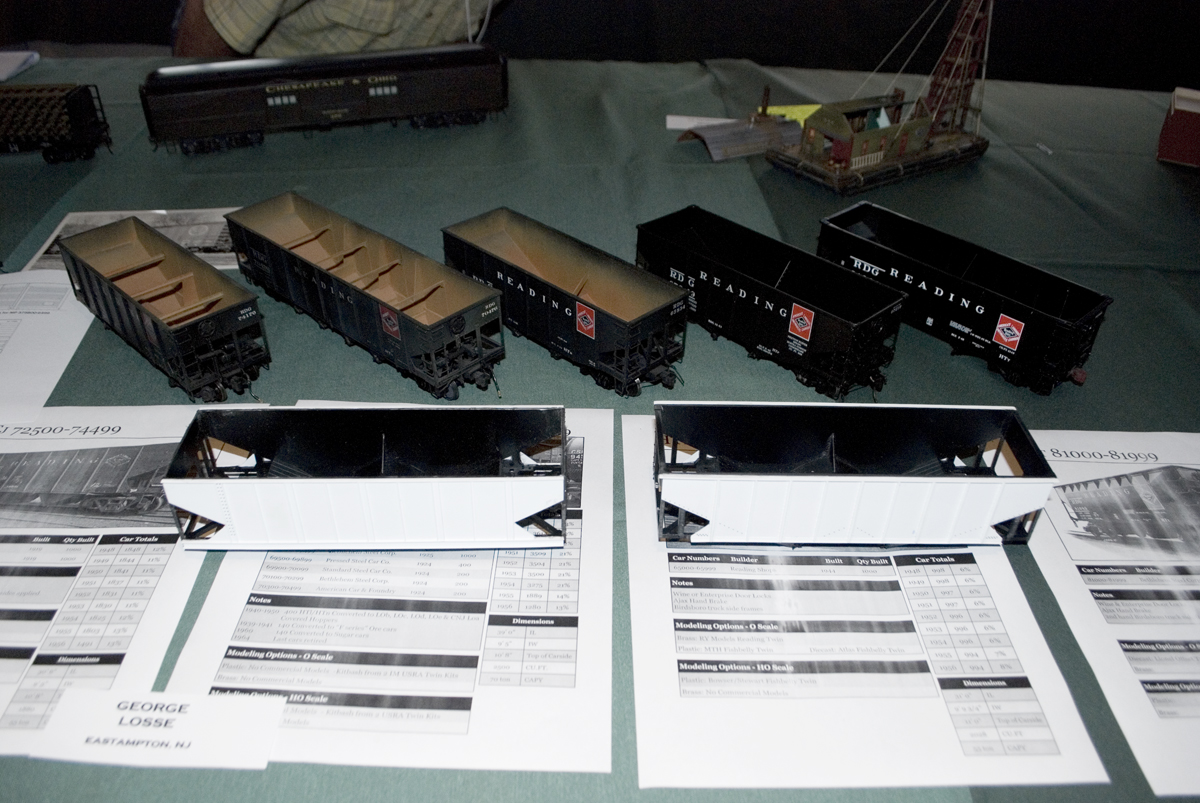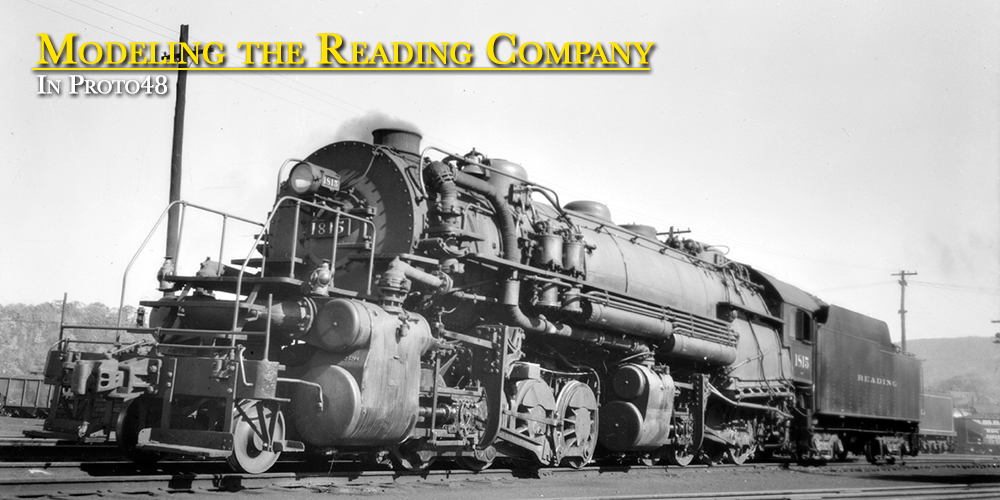
Why do I model?
I’m a Rail-fan
I know that seems obvious but it’s also the driving force in a lot of the questions that follow. I enjoy seeing trains run in real-life and I enjoy recreating that in the models.
Details Are Important to Me
I am not easily satisfied with good-enough modeling or research. I have drawn prototype locomotives and freight cars for Railroad Model Craftsman in the past. I have crawled all over a piece of equipment to take the notes needed for the drawings. I have also done the research at the museums and with private collections to find the answers needed for projects, that to me is a big part of the fun of this hobby.
What do I want to model?
Model Availability
O scale does not have the same wide-selection of models that HO enjoys. That selection is made even smaller by not choosing to model either the PRR, SP, UP or NYC. Very few of the unique Reading Company prototypes have been produced over the years. I do not want to “have to” scratch build my whole locomotive fleet in order to realistically enjoy a modeled location. I’d like to build a layout and the models I want in this lifetime, not the next three lifetimes.
Small Town Switching
I have a lot of early memories of watching a switcher working in the small town I grew up in. I would ride my bicycle into town to watch and photograph the local freight switch the town.
Open Hopper Cars
My favorite type of freight car. I want to model an area that would have a lots of open hopper car traffic. Turns out that is a large part of the Reading, not just the mine runs themselves.
Sincere Track Design
One where a train only goes through a scene or town once on its trip through the layout. This is a more modern approach to layout design instead of the “spaghetti bowl” layouts of the past that still dominate the O scale community.
